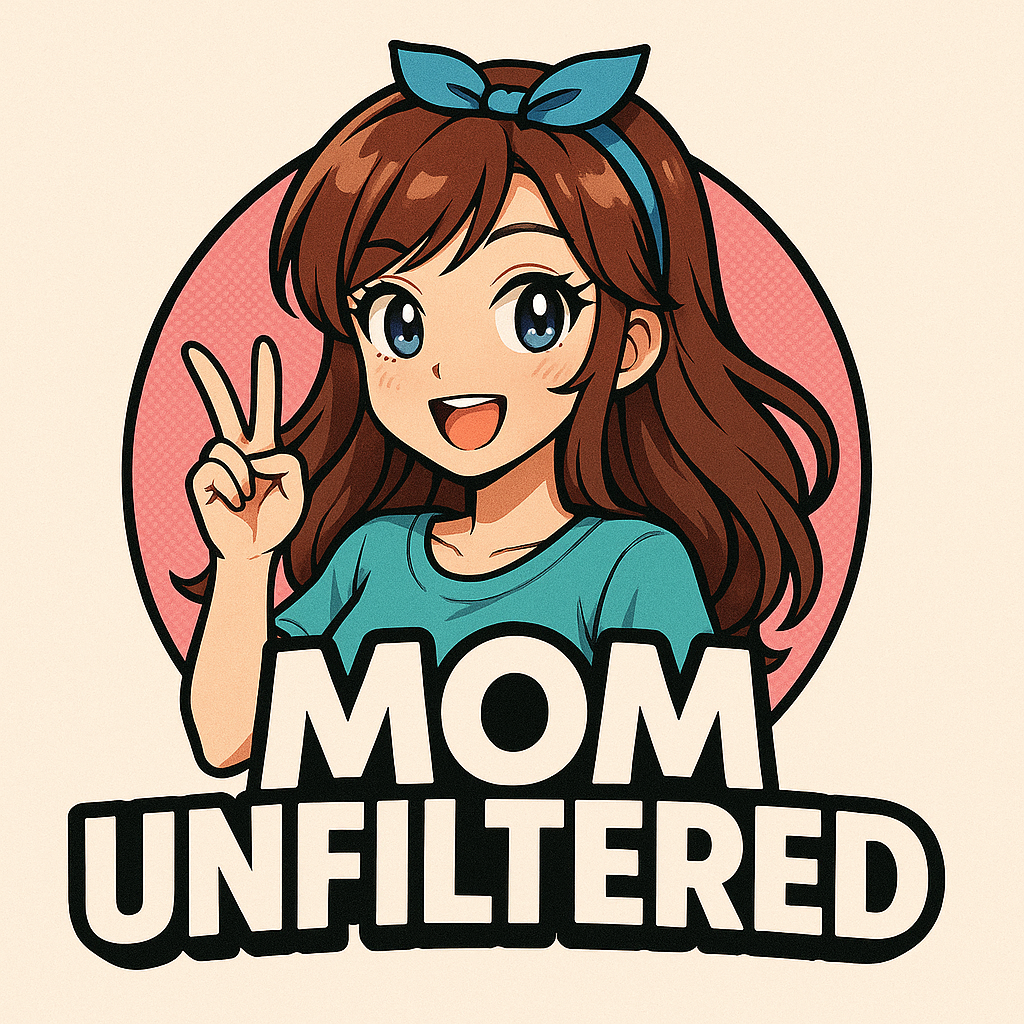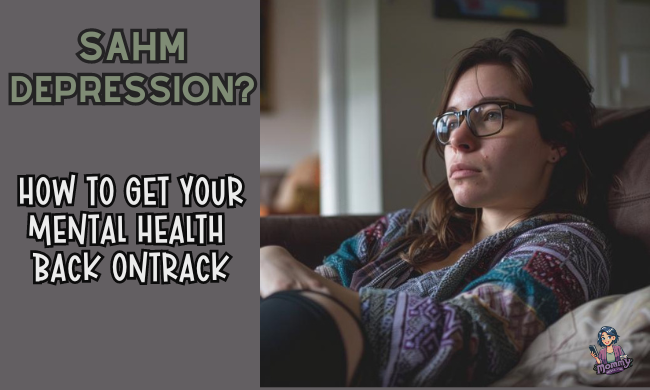Grab a seat, mama — today we’re going to unpack stay-at-home mom depression together.
Whether you’re a new mom adjusting to life at home or you’ve been a SAHM for years, we can all agree that raising children is one of the hardest jobs out there. Transitioning from a workplace identity to a full-time caregiving role can seem manageable on paper, but in practice, it’s a job that never ends. You’re the go-to person for every snack, every question, every scraped knee, and every meltdown. But while you’re busy taking care of everyone else, there’s one big question I need you to pause and ask yourself:
Who’s taking care of you?
Many moms — especially those in the first few years of motherhood — experience feelings of isolation, sadness, or emotional exhaustion. While there’s no official medical diagnosis, experts increasingly recognize stay-at-home mom depression as a real and serious mental health concern that deserves more awareness and compassion.
So what exactly is stay-at-home mom depression? What are the symptoms, and how is it treated? Let’s break it down together, mama — because understanding what’s happening is the first step toward healing.
What Is SAHM Depression?
Stay-at-home mom depression isn’t a clinical diagnosis on its own, but rather a way to describe depression that develops within the context of full-time caregiving. When you choose to step away from your career to raise a family, you take on a massive workload that often goes unseen and underappreciated. The physical, mental, and emotional labor that comes with this role can be overwhelming — especially for new mothers navigating postpartum recovery and shifting identities.

Many SAHMs live in two-parent households where their partner leaves daily for work, leaving them to manage 100% of the childcare and household responsibilities. The constant demands, lack of adult interaction, and loss of personal time can slowly chip away at a mom’s sense of self-worth and happiness. It’s no wonder that SAHM depression is common — though how it presents can vary widely from mom to mom.
What Are the Symptoms of SAHM Depression?
Symptoms of stay-at-home mom depression can look different for everyone, but here are some of the most common experiences shared by moms:
- Feeling worthless, invisible, or unappreciated
- Persistent sadness or hopelessness
- Daily exhaustion and lack of motivation
- Guilt about not “doing enough” or “being enough”
- Loss of joy or interest in things that once felt fulfilling
- Frequent mood swings or irritability
- Trouble concentrating or making decisions
- In severe cases, thoughts of self-harm or suicide
Not every mom will experience all of these, and the intensity can fluctuate over time. But if you recognize several of these symptoms in yourself or someone close to you, it’s important to reach out for support.
What Causes Stay-at-Home Mom Depression?
There isn’t one single cause. Instead, SAHM depression often stems from a combination of factors — emotional, environmental, and biological. Experts suggest that feelings of isolation, loss of identity, and relationship imbalances can all contribute to depression in stay-at-home mothers.
When your daily life revolves around caregiving, it’s easy to lose your sense of self outside of motherhood. You may find yourself craving adult connection or missing the validation that comes from a career. And when exhaustion sets in — paired with limited time for self-care — even small frustrations can start to feel overwhelming.
Some moms also struggle with resentment toward their partners, especially if they feel unsupported or unrecognized. Financial dependency can further deepen feelings of inadequacy or guilt. The emotional weight of all these experiences can build up over time, turning everyday stress into something much heavier.
If any of this sounds familiar, please know: you’re not alone, and this isn’t your fault. Asking for help isn’t weakness — it’s strength.
How Is Stay-at-Home Mom Depression Treated?
Like most mental health conditions, treatment for SAHM depression depends on your individual situation. The first step is to have an open, honest conversation with your doctor. Together, you can create a plan that may include therapy, medication, lifestyle changes, or a mix of all three.
What Does Treatment Look Like?
For some moms, antidepressant medication helps stabilize mood. For others, therapy — particularly cognitive behavioral therapy (CBT) or talk therapy — provides tools for managing intrusive thoughts and reconnecting with themselves. But recovery doesn’t happen overnight. It’s a process of rebuilding, one small step at a time.

Breaking the Cycle of Isolation
If loneliness is feeding your depression, start by finding ways to reconnect. Call a friend. Visit family. Join a mom’s group or plan playdates where you can socialize while your kids do too. Even simple trips to the park or grocery store can hel


Leave a Reply